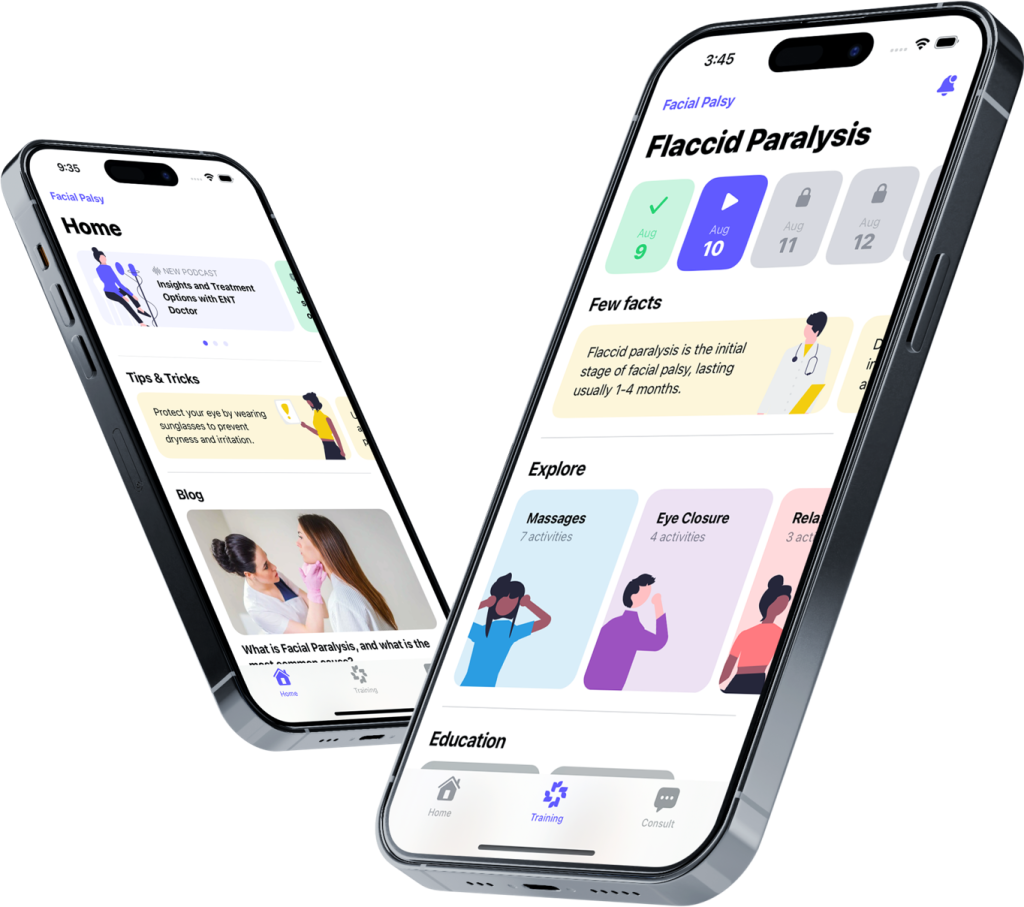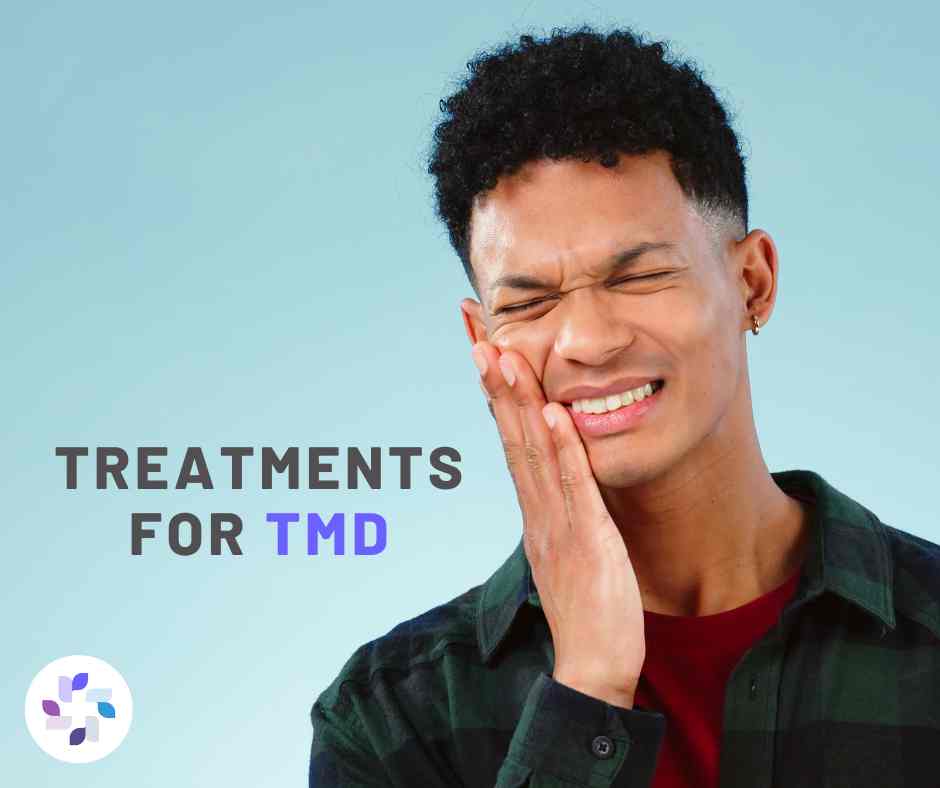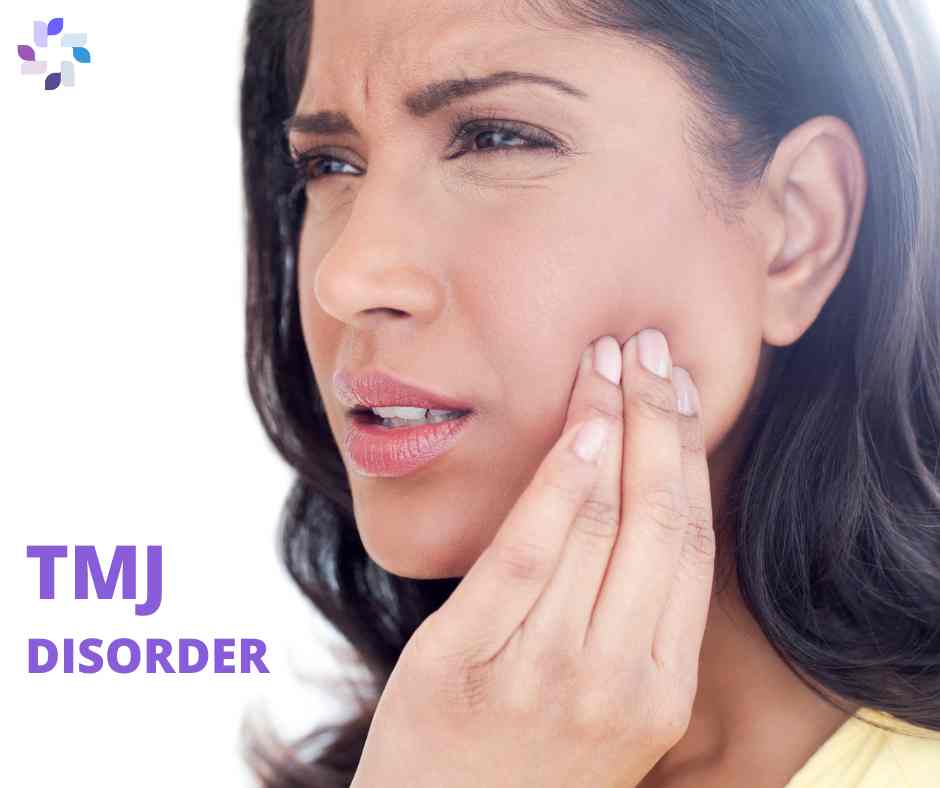Temporomandibular disorders (TMDs) are a complex set of conditions affecting the jaw joint and the muscles responsible for jaw movement. These disorders can lead to pain, dysfunction, and a reduced quality of life. Understanding TMDs is crucial for those suffering from jaw discomfort and associated symptoms.
What are Temporomandibular Disorders (TMDs)?
TMDs encompass over 30 different conditions related to the temporomandibular joint (TMJ) and the muscles involved in mastication. The TMJ connects the jaw to the skull and allows for the movement required in chewing and speaking. Interestingly, the term “TMJ” refers specifically to the joint, whereas “TMDs” relates to the disorders affecting this area. A person can have one or multiple TMDs simultaneously.
The Three Main Classes of TMDs
TMDs are primarily classified into three groups:
- Disorders of the Joints: This class includes conditions such as joint pain (arthralgia), disc disorders where the cushioning disc is not in its normal position, and degenerative joint diseases that lead to bone destruction.
- Disorders of the Masticatory Muscles: These disorders are characterized by pain in the muscles used for chewing. The pain could be localized to one area (myalgia) or may spread beyond the point of origin (myofascial pain with or without referral).
- Headaches Associated with TMD: TMDs can also be linked to headaches, where a person experiences any headache type along with pain in the TMJ area.
Prevalence and Demographics
Recent studies indicate that approximately 11-12 million adults in the United States experience pain related to the TMJ region. TMDs are notably more prevalent in women than men and are particularly common among women aged 35 to 44.
Symptoms and Related Conditions
TMDs can manifest as short-term or chronic conditions. Symptoms may include jaw pain, difficulty in chewing, and a clicking sound in the jaw joint. These disorders can also be associated with other medical issues like headaches, back pain, sleep disturbances, fibromyalgia, and irritable bowel syndrome.
Diagnosis and Treatment
An accurate diagnosis of TMD involves a thorough medical history and physical examination of the jaw and neck. Treatment options vary based on the specific type of TMD and may include pain management, physical therapy, dental splints, or surgery in severe cases.
Conclusion
While many TMDs can resolve independently, chronic or severe cases require medical attention. Early intervention and treatment are critical to managing symptoms and improving life quality for those affected by TMDs. If you’re experiencing any signs of a TMD, consult with a healthcare professional for a comprehensive evaluation and personalized treatment plan.
Source: https://www.nidcr.nih.gov/health-info/tmd







